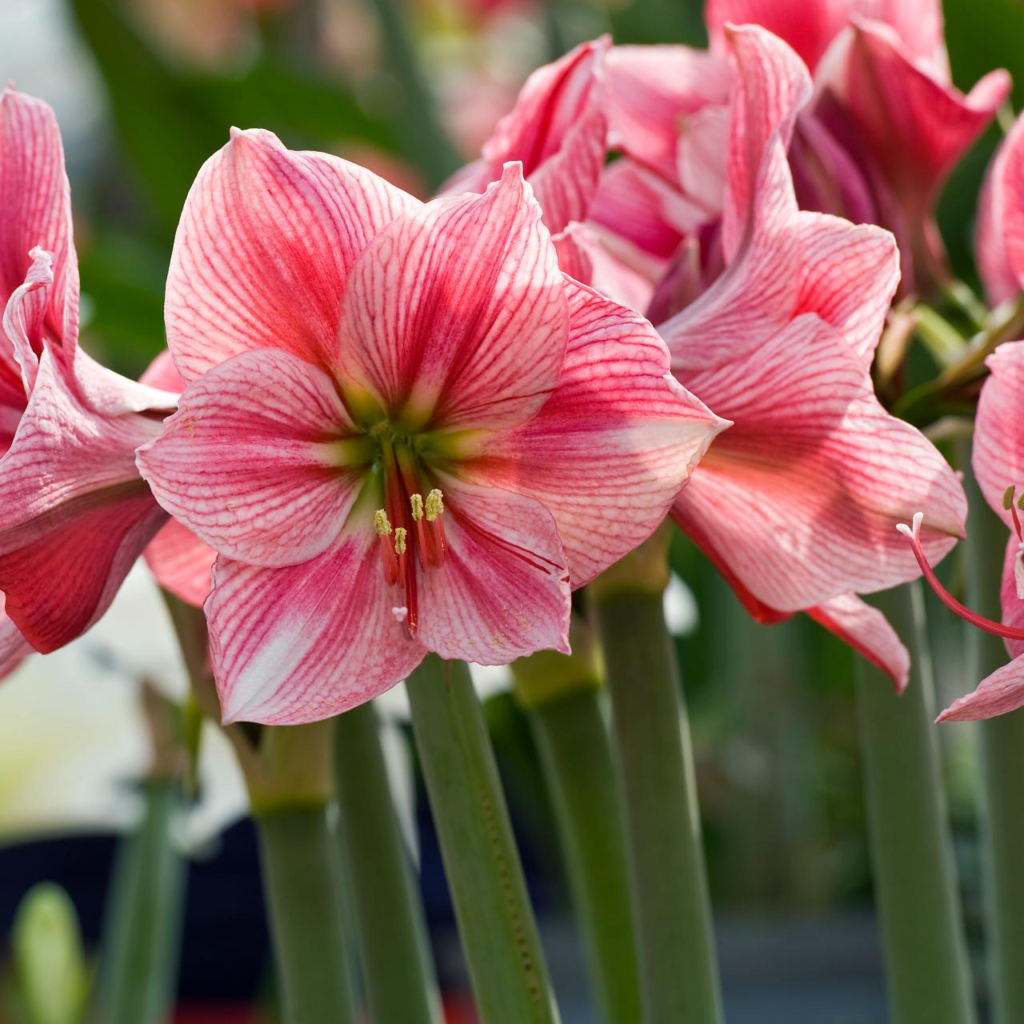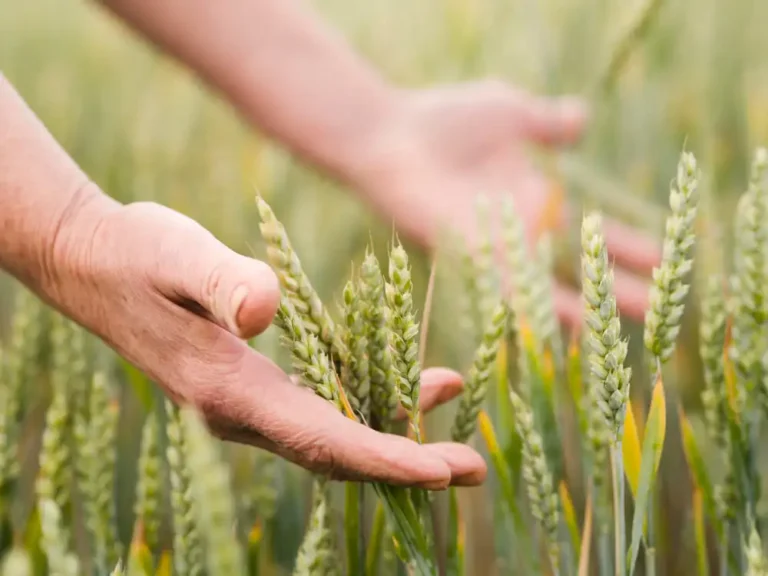How to Grow Amaryllis: A Guide to Growing These Beautiful and Colorful Flowers
Table of Contents
Supporting Growth: Using Stakes and Supports to Help Amaryllis Maintain Upright and Balanced Stems
Amaryllis plants are known for their stunning blooms, but maintaining upright and balanced stems can be a challenge. To support their growth and prevent them from toppling over, the use of stakes and supports is crucial. Staking helps keep the stems in an upright position, ensuring that the flowers are showcased to their fullest potential.
When selecting stakes for your Amaryllis, opt for sturdy materials such as bamboo or metal. These provide the necessary strength to support the weight of the stems and blooms. Place the stakes about an inch or two away from the base of the plant to avoid damaging the roots. Gently tie the stem to the stake using soft plant ties or string, allowing room for growth while still providing adequate support.

In addition to staking, using supports can also help maintain the balance of Amaryllis stems. For larger varieties or those with multiple stems, consider using hoop supports or cages. These structures encircle the plant, providing all-around support and stability. Alternatively, you can use trellises or lattice panels to train the stems to grow upward, promoting a more balanced and aesthetically pleasing appearance.
• Staking is essential for maintaining upright and balanced stems in Amaryllis plants.
• Choose sturdy materials like bamboo or metal stakes to provide the necessary strength.
• Place the stakes an inch or two away from the base of the plant to avoid root damage.
• Securely tie the stem to the stake using soft plant ties or string, allowing room for growth.
• Supports such as hoop supports, cages, trellises, or lattice panels can also help maintain balance.
• Hoop supports and cages encircle the plant, providing all-around support and stability.
• Trellises and lattice panels can train stems to grow upward for a more aesthetically pleasing appearance.
Pruning and Deadheading: Techniques for Enhancing Amaryllis Blooms and Promoting
Pruning and deadheading are essential techniques for enhancing the blooms of amaryllis and promoting their overall health and growth. Pruning involves removing any dead, damaged, or diseased foliage and stems from the plant. By eliminating these parts, you not only improve the appearance of the amaryllis but also prevent the spread of any potential diseases or pests. It is important to use clean and sharp pruning tools to make clean cuts, minimizing any stress or damage to the plant.
Deadheading, on the other hand, refers to the removal of spent flowers. By snipping off the faded blooms, you encourage the amaryllis to put its energy into producing new blooms rather than setting seeds. This practice can prolong the blooming period and result in a more abundant display of vibrant and colorful flowers. Deadheading can be easily done by cutting the flower stalk just above the first healthy bud or by simply pinching off the entire spent flower. Taking care to follow these techniques will not only enhance the beauty of your amaryllis blooms but also promote their vigor and longevity.
Watch this video to learn more!
When should I prune my amaryllis?
You can prune your amaryllis after it has finished blooming, typically in late winter or early spring.
How do I deadhead my amaryllis?
To deadhead your amaryllis, simply remove the faded or spent flowers by cutting or snapping them off at the base of the stem.
Will pruning and deadheading encourage my amaryllis to rebloom?
Yes, pruning and deadheading can help stimulate the amaryllis to produce new blooms in future growing seasons.
What tools should I use for pruning my amaryllis?
A clean pair of sharp pruning shears or scissors is ideal for pruning your amaryllis.
Can pruning help prevent my amaryllis from becoming top-heavy?
Yes, pruning can help maintain a balanced and upright stem, preventing your amaryllis from becoming top-heavy and potentially falling over.
Should I stake or support my amaryllis to help it grow straight?
Yes, using stakes or supports can provide added support to keep your amaryllis growing straight and upright.
What materials can I use to stake or support my amaryllis?
Bamboo stakes, wooden dowels, or metal plant supports are commonly used materials for staking or supporting amaryllis.
How should I attach the amaryllis stem to the stake or support?
You can use soft plant ties, twine, or gentle clips to secure the stem to the stake or support, making sure not to damage the plant.
Can I reuse the stakes or supports for my amaryllis in the next growing season?
Yes, as long as the stakes or supports are still in good condition, you can reuse them for future amaryllis plants.
Are there any specific care instructions I should follow after pruning and deadheading my amaryllis?
After pruning and deadheading, continue to provide your amaryllis with proper care, including regular watering, adequate sunlight, and appropriate fertilization to support its overall growth and future blooming.

Pallavi Gupta is a burgeoning writer at SouthElMonteHydroponics, blending her passion for data analysis with a keen interest in biotechnology. Currently pursuing a Bachelor’s in Biotechnology at Amity University, Pallavi delves into the intricacies of life sciences while gaining hands-on experience in the exciting world of data analysis. Her unique background provides a fresh perspective on hydroponic farming, as she explores the intersection of biotechnology and sustainable agriculture. Through her writing, Pallavi aims to bridge the gap between data-driven insights and innovative farming practices, inspiring others to harness technology for a greener future.








